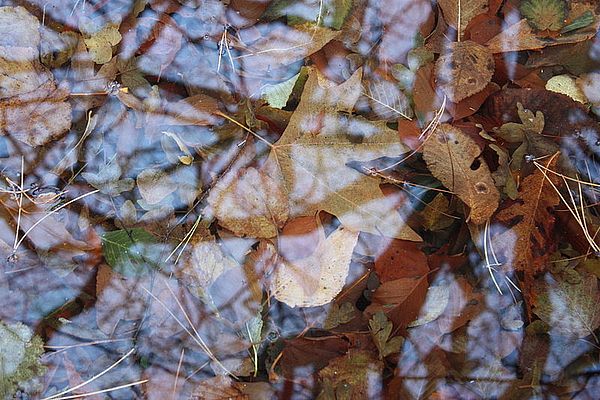Autumn is known for its falling leaves, and these can become a significant source of carbon for lake ecosystems. Usually we think of the carbon in lakes as coming from photosynthesis by algae and aquatic plants, but researchers added marked carbon that simulated terrestrial sources to lakes to determine how much of it got incorporated into the food chain. Their answer: quite a bit. The zooplankton in studied lakes consisted of 22-50% carbon from the watershed. Zooplankton are a food source for many fish, so much of the carbon in the zooplankton will eventually end up in perch or lake trout. This study shows that in-lake photosynthesis does not capture enough carbon from the atmosphere to support the entire food chain, and those falling leaves provide a substantial subsidy to aquatic food webs. This important carbon source is diminished when trees and shrubs along lake shores and stream sides are removed and replaced with buildings or lawns.
